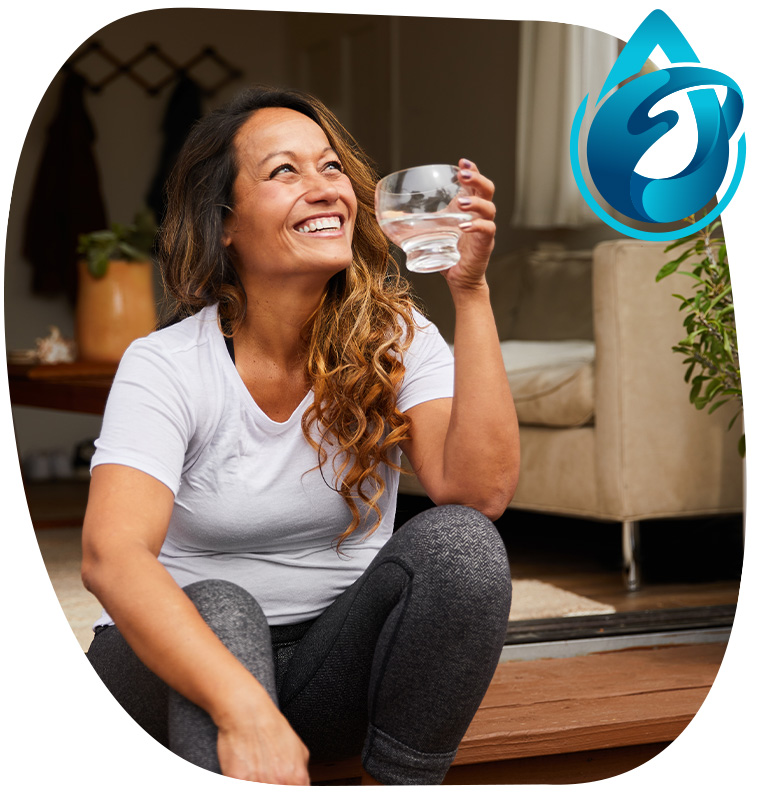
Stop Hard Water Spots in Your Home with Water Softening Systems
Hate seeing those hard water spots on your dishes, sinks, countertops, and shower doors? If so, get in touch for a free water test from our experts.
We take time to perform a thorough water test so we know exactly what’s in your water and how to treat it. This helps us remove contaminants like hard minerals, chlorine, and other impurities that affect your home.
Get in touch with our team of exerts at 346-279-0761 today!


Our Reviews
Hear From Your Friends & Neighbors
-
"Outstanding Work"They were friendly, efficient and fast! I would highly recommend Southern Water Solutions to anyone who was struggling with hard water issues! I can’t believe the difference it has made!!! Thank you for your outstanding work!- Caitlin U.
-
"Fantastic Job"The installers did a fantastic job! The look was aesthetically appealing and I could immediately tell a huge difference in the quality of my water after the installation. I have had the Southern Water Solutions System for a year now.- Lacie M.
-
"Work Completed Quickly"Folks showed up when they said they would. Work completed quickly. No issues at all.- John T.
-
"I Was Impressed"Both technicians were professional and knowledgeable and did an outstanding job with the install. Install time was less than 2 hours.- Pedro A.
-
"Efficient and Quick"Nick came out to help with maintenance and service here. He was simultaneously patient in explaining steps being performed as well as efficient and quick with his work. He was also upfront about all steps being taken.- Moussa F.
-
"Fantastic, Reliable, and Trustworthy"They are fantastic, reliable, and trustworthy, and the best prices for the product anywhere. If there were 10 stars, they would get it!!- Lisa F.
-
"Happy Customer"I’m happy to be a customer of yours and happy to be working with you again in the future. I definitely recommend this company for all of your water softener needs.- Monica E.
-
"Great People, Good Service"As usual great people and good service. I highly recommend this company. Today was a yearly service for our full outdoor and indoor systems.- Xerix H.
What Causes Hard Water Spots?
If you see white spots on your dishes after a wash cycle, on your sinks after washing your hands, or on your glass shower doors after enjoying a nice, relaxing shower, then they are probably hard water spots. Hard water spots are due to hard minerals like calcium and magnesium in your water.
When water droplets stay on a surface, the water eventually evaporates away. However, if those droplets contain hard minerals, those get left behind, causing those unsightly spots you know and hate. What’s worse, when left on a surface for too long, these spots may become incredibly difficult to clean, as they can turn into hard limescale buildup that can require harsh chemicals and abrasive tools to remove, which might damage your home and belongings.
Hard water spots are easy to prevent, though. All you need is a water softening system. Water softening systems remove hard minerals from your water, exchanging the calcium and magnesium for sodium or potassium ions. The result is that you won’t have to deal with those pesky hard water spots (not to mention appliance breakdowns and dry skin).
Our team provides custom solutions for all your water softening needs. Get started with a free water test so we can recommend the right system for your home and family!
-
Financing Options Available
Healthy water is affordable with our financing options.
-
Backed by a WarrantyGet peace of mind with our warranty-backed services.
-
Around-the-Clock HelpWe're here to help you whenever you need us.
-
Contact Us for a Free Estimate
Talk to our team today during a free estimate.
How to Remove Hard Water Spots
If you already have hard water spots in your home, there are ways to remove them. After installing a water softening system, generally the soft water will take care of any limescale inside your plumbing or appliances over time, slowly chipping away at those hard minerals. However, if you have visible hard water spots, removing them will need some elbow grease. Since hard water spots are so stubborn, you will need some heavy duty cleaners to help. Hard water spot removal usually requires acidic cleaners, so it’s typically best to start with vinegar. Vinegar can usually dissolve the minerals in hard water spots and works well for water spots on surfaces like counters, sinks, and glass doors.
Vinegar can also work well on dishes but might make your food and drinks taste like vinegar later. So, instead, we recommend washing them in the dishwasher once you have your water softening system installed to get rid of any hard water spots. The other alternative is to dry them with a soft cloth immediately so the water doesn’t stay on the surface.
If you have extremely hard-to-remove water spots, then you might need to break out chemicals like CLR or Lime Away. These are quite harsh but do generally remove hard water spots and limescale well.




